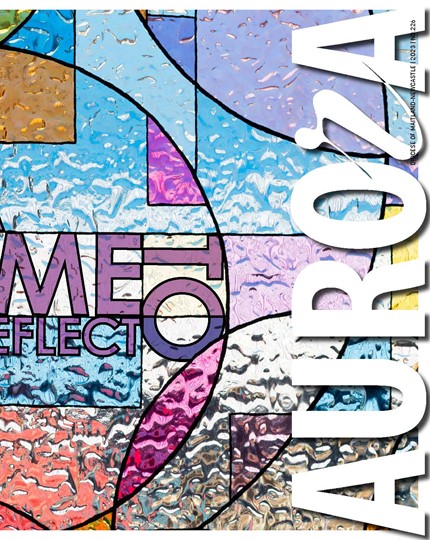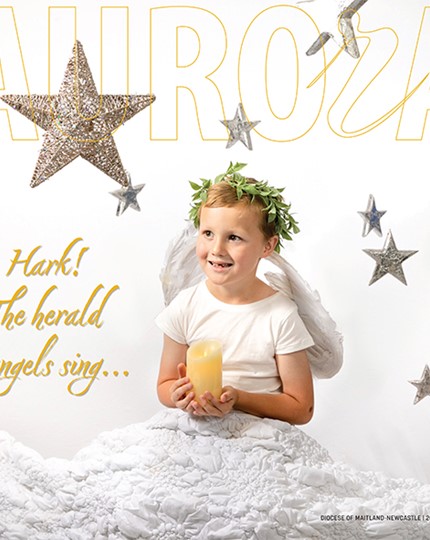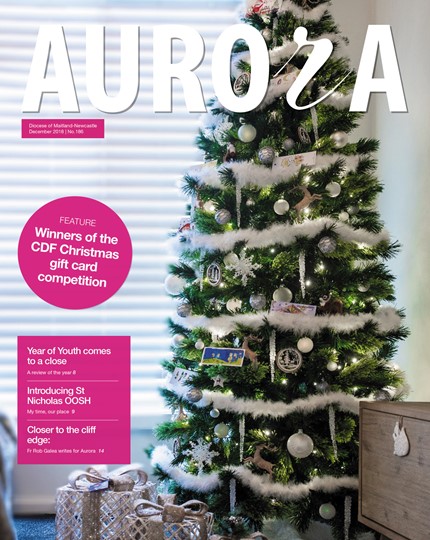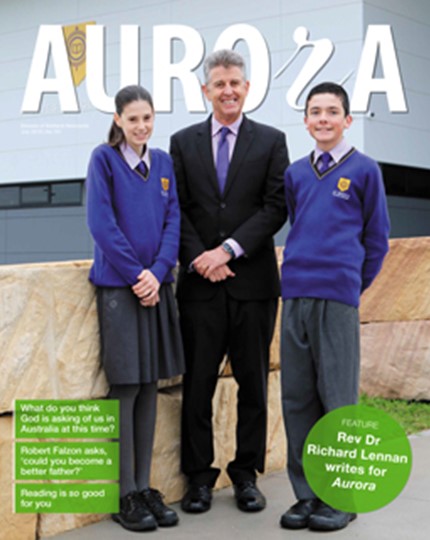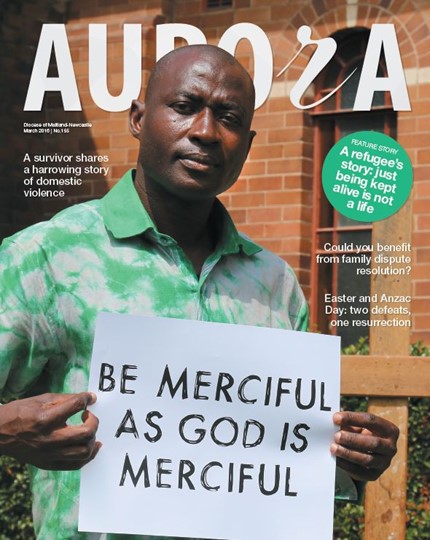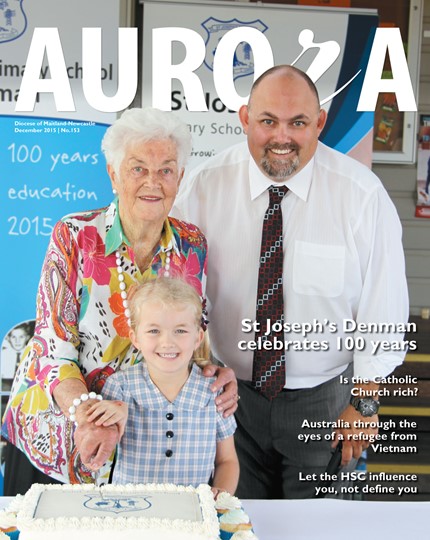The pastor was Fr Jacob Joseph Isaac who was born in Nineveh. He showed us the community’s sacred book that is over a thousand years old and is used in the rich liturgy of this ancient church. This site has a long-held tradition that when the Magi had visited the Christ Child, the star that led them fell to earth and ended up in the well near the church.
Such stories are part of the intricate pattern in the rich tapestry of the Infancy Narratives that have come down to us over the last two thousand years. During the Christmas season, we are used to hearing the stories of the birth of Christ told and retold in all sorts of ways. Christmas cards, carols by candlelight, tableaux in shop windows, nativity plays at our children’s schools and so on, are all part of our cultural heritage. The result of this is that we have something of a ‘Christmas pudding’ understanding of the Infancy Narratives as told in the gospels of Matthew and Luke – all good things mixed in together but somewhat indistinguishable from one another.
Unless you have taken time to read the accounts separately, it may come as a surprise to realise that only two of the gospels actually record the birth of the Christ Child. By the time they came to be written, interest had grown from the early focus on the central narrative of Jesus’ death and resurrection, to curiosity about the early years of Jesus’ life. Matthew and Luke each has his own agenda when talking about this period. Each evangelist uses a framework that highlights his particular understanding of who this child was to be. Because of this, the two reports differ, just as two photographers shooting the same scene but from different angles highlight quite separate aspects.
So it is that when reading Luke’s Gospel, we are presented with a dual panel that compares and contrasts the twin births of Jesus and John the Baptist. The parallels between the cousins are obvious with the annunciation to Zachary in the temple and the matching annunciation to Mary in Nazareth. Both children are proclaimed to be great – John is to be “great before the Lord”; Jesus is not only great but is to be called “the Son of the Most High”. John is to “make ready for the Lord a people prepared”. Jesus is to “reign over the house of Jacob forever”.
The pre-eminence of Jesus is then emphasised in the embellishments surrounding his birth in Bethlehem, the city of King David, his ancestral father. He is born in a lowly stable since there was “no place for them in the inn”. His first courtiers are the watchful shepherds who are visited by the angelic host proclaiming the new age of peace on earth. The visit to the temple after forty days is framed by the double recognition of “this Child who is set for the rise and fall of many in Israel” by Simeon and Anna, the archetypes of holy men and women who have kept the Law and are looking for the “redemption of Jerusalem”. And then there is silence as we are told they performed everything according to the Law and then returned to Nazareth where the child “grew and became strong, filled with wisdom; and the favour of God was upon him”.
What? I hear you say – no magi? No star? No massacre of the innocents? What about the flight into Egypt? Ah! Now you are reflecting on Matthew’s story and there is a whole new agenda.
Matthew appears to be writing primarily for Jewish readers who are sure that Jesus is the fulfilment of all that the Law and the Prophets had to say. Hence, he begins his gospel by presenting Jesus’ qualifications; establishing his credentials you could say. In a culture that held honour and shame at its core, it was essential that the hero of the saga be seen to come from the right stock.
How many times have you read that long list of names at the beginning of Matthew and wondered what they all meant? Much could be said about the three groups of fourteen that make up the genealogy but suffice it to say here, that each group is a collection of all that was good and bad in the history of Israel, reaching right back to the Father of Israel, Abraham. Each generation is a stepping stone leading to the culmination in Joseph, “the husband of Mary, of whom Jesus was born, who is called the Christ”. It is Joseph who gives Jesus his legitimacy as the Son of David and the triple sum of fourteen suggests that Jesus is triply perfect, according to the Jewish method of interpretation of numbers.
Small wonder is it that the angel appears in a dream to Joseph – a fitting nod to that distant ancestor, Joseph of Egypt, known as Joseph the Dreamer. Joseph is given assurance that he should take Mary home as his wife. Joseph is the one supporting and accompanying Mary as she gives birth in Bethlehem, where Matthew assumes they have been living. When the august visitors from the east come a-calling and the threat presented by the plotting King Herod hangs heavy, it is Joseph who is put in command of the family to take them to Egypt – just like his predecessor of old in the book of Genesis. And when the danger is past, it is Joseph again who is visited by the angel, commanding him to return to Israel, paralleling the Israelites of old who were called out of Egypt to the Promised Land. Joseph is the protector and guardian of the child who, like Moses, is to bring about the fulfilment of the Law and the Prophets.
So, when you hear the readings of this wonderful festival of Advent and Christmas, take a deep breath and ask yourself – what gospel are you hearing and what message does the evangelist have to proclaim to you today?
Please visit www.twec.org.au.






